The Integration of START and CURC Could Play a Pivotal Role in Advancing Clinical Trials

20 June 2025
In this exclusive interview, Dr. Neal Shore, Founder and Medical Director of the Carolina Urologic Research Center (CURC), describes how the center pioneers new clinical research strategies for genitourinary cancers. Highlighting its evolution toward biomarker‑driven precision medicine, Dr. Shore explains how CURC’s integration with The START’s global network has significantly boosted its trial capabilities—from advanced imaging techniques and novel endpoints to groundbreaking first‑in‑human studies.
Click the picture to view the PDF version: Pg 39-41.
Dr. Shore, with CURC now part of the START network, how has this partnership expanded your research capabilities and clinical trial opportunities in urologic oncology?
Dr. Shore: I started out focusing on phase III studies, and over time, we moved into phase II. In recent years, we’ve proudly engaged in many first-in-human and phase I studies. Our team has grown significantly—from one full-time employee to 22 dedicated research professionals at CURC. While we’ve maximized our capabilities and streamlined our operations, we did face capital challenges when trying to enhance our sophisticated data monitoring techniques.
Conversations with START’s leadership revealed their outstanding expertise in early-phase studies for various tumors, perfectly complementing our focus on GU oncology at CURC. The synergy was undeniable, and under the visionary leadership of START Chairman and CEO Nick Slack, they are expanding across the U.S., Europe, and potentially Latin America and the Middle East. I’ve always valued working with international colleagues, and this partnership truly reflects a shared mission and vision.
As one of the largest and most experienced GU research sites—with nearly 500 trials under your belt—what unique strengths does CURC contribute to the START network?
Dr. Shore: I believe the robust START network currently includes around 9-10 sites and is expanding rapidly, yet most still lack a GU focus. At CURC, we are single-mindedly focused on GU oncology, with 90% of our work oncologic and 10% non-oncologic.
Our progress into biomarker research, advanced imaging like prostate-specific membrane antigen (PSMA) PET for kidney and bladder cancer, along with genetics and novel therapies—from traditional androgen receptor-targeted drugs and cytotoxic chemotherapy to antibody-drug conjugates and radiopharmaceuticals—clearly creates a truly remarkable synergy for CURC within the START network, both in the US and globally.
Can you explain how the new Center of Excellence for urological cancers is structured to support both early- and late-phase trials, and what advantages it brings to patient care and research?
Dr. Shore: I was absolutely intrigued and impressed by START’s innovative XenoSTART preclinical models. Their pioneering work using hybrid models for targeted therapies demonstrates a level of scientific elegance that captivates me. I see immense value in this approach, as successful preclinical proof-of-concept studies pave the way for first-in-human trials.
These trials require extensive pharmacokinetic-pharmacodynamic (PKPD) monitoring, stringent patient selection, and meticulous data on safety, tolerability, and early therapeutic effects, seamlessly transitioning into later-phase studies, including dose-limiting toxicity assessments.
Our experience at CURC—having conducted nearly 500 GU oncology trials over the past 25 years—perfectly complements the exceptional expertise at START. This partnership is a natural marriage between two leading clinical trial organizations. I am incredibly proud to be part of this collaboration, and I look forward to advancing healthcare and driving regulatory approvals both in the US and internationally. This synergy bolsters our trials and speeds translation from lab to patient care.
How do molecular profiling and biomarker research at CURC improve patient selection for clinical trials and targeted therapy development?
Dr. Shore: About eight years ago, I recognized the potential of combining germline and somatic genetic testing with other genomic markers to better stratify disease risk and identify hereditary and tumor-specific alterations, whether from tissue samples or liquid biopsies.
This approach has paved the way for precision-based, personalized care by showing that targeted drugs, alone or with approved therapies, can achieve deep and lasting remissions—and even potential cures.
My goal has always been to offer treatments that improve quality of life, keep patients out of hospital, with acceptable safety profiles. I continue to learn from advanced molecular profiling, such as DNA damage repair, and homologous recombination repair (HRR) alterations, and I am truly passionate about educating colleagues on the critical role of genetic testing.
Looking ahead, what emerging therapies or trial designs do you believe will further transform the management of GU cancers, and how is CURC planning to lead these innovations?
Dr. Shore: I truly appreciate adaptive trial designs because they allow us to identify mechanisms of action that exhibit synergy and offer clinical benefits without heavy toxicity. Since the early days of CURC in the late 1990s, and now as START Carolinas, part of the START oncology research network, I have remained committed to pursuing innovative, biomarker-driven studies with meaningful therapeutic endpoints.
While overall survival remains the gold standard, the complexities of crossover and the evolving healthcare landscape have made it necessary to explore alternative endpoints for earlier approvals from agencies such as the U.S. Food and Drug Administration, European Medicines Agency, Japan’s Pharmaceuticals and Medical Devices Agency, and China’s National Medical Products Administration.
Additionally, real-world evidence is becoming increasingly valuable in shaping future trial designs. This drives improved patient outcomes.
Could you describe your professional journey and CURC’s mission?
Dr. Shore: After completing my urologic and general surgery training at Cornell, New York Hospital, Sloan Kettering, and Duke in 1999, I witnessed that localized GU oncology therapies—mainly surgical extirpation with modest advances in radiation—left many patients with limited options. Driven by an urgent need to offer more than just surgical cures, I established a clinical trial center focused on systemic therapies, prostate cancer and later expanding to bladder and kidney cancers.
CURC’s mission has always been to provide advanced treatments for patients unable to access tertiary academic centers. Today, our work includes innovative therapies, biomarkers, imaging, and more, ensuring that patients across the U.S. and around the world receive the best possible care.
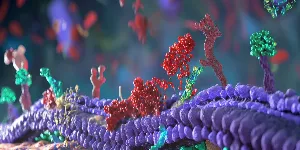
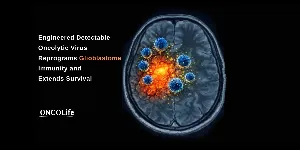
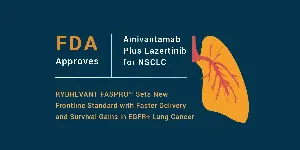


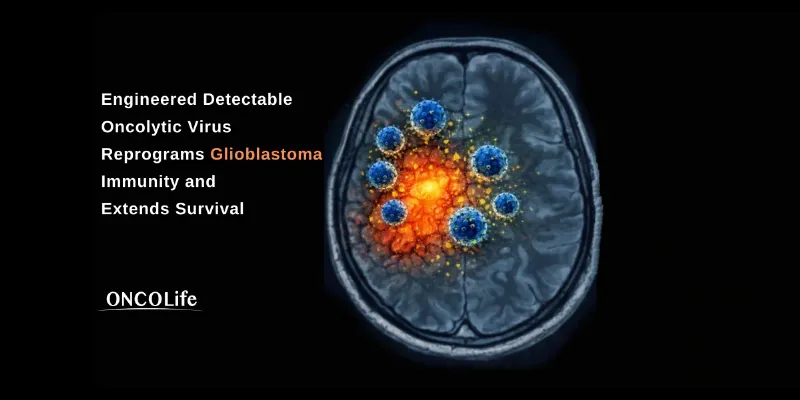
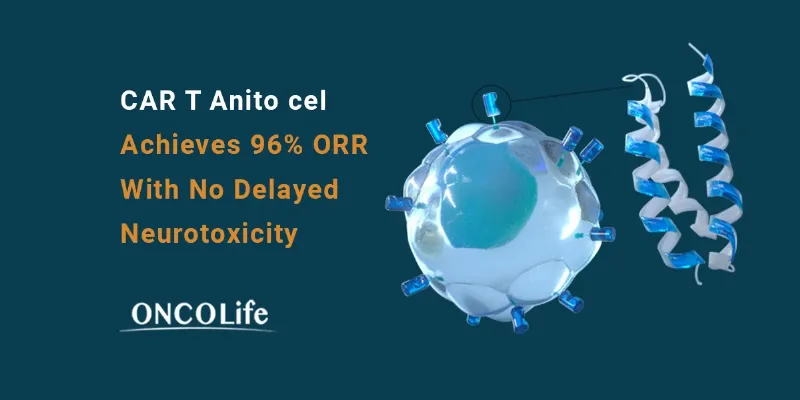
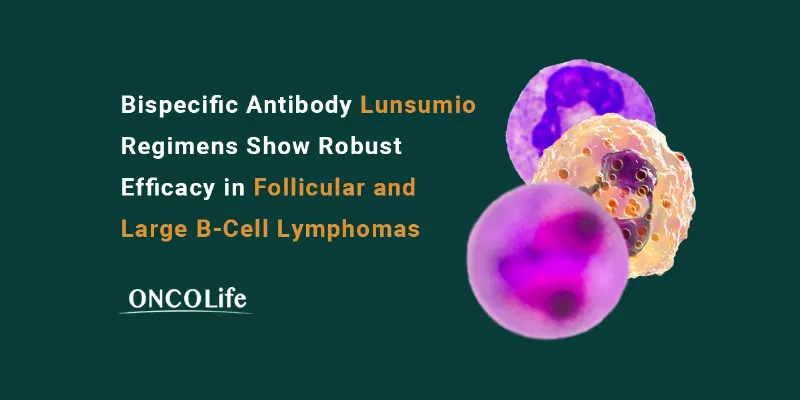
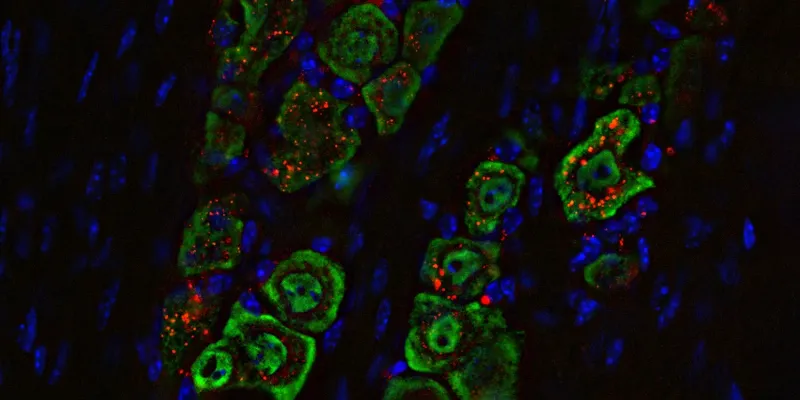


Comments
No Comments Yet!